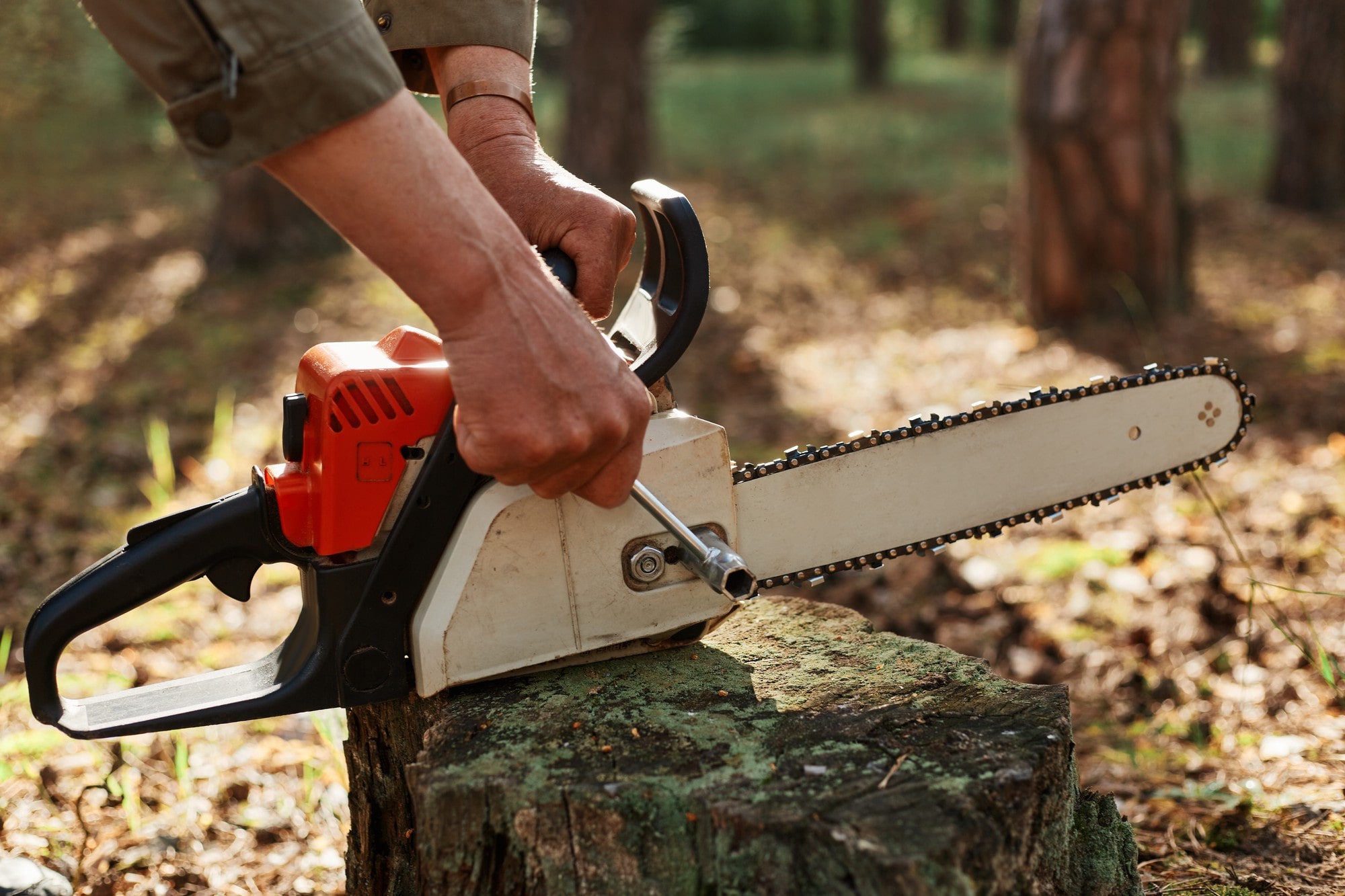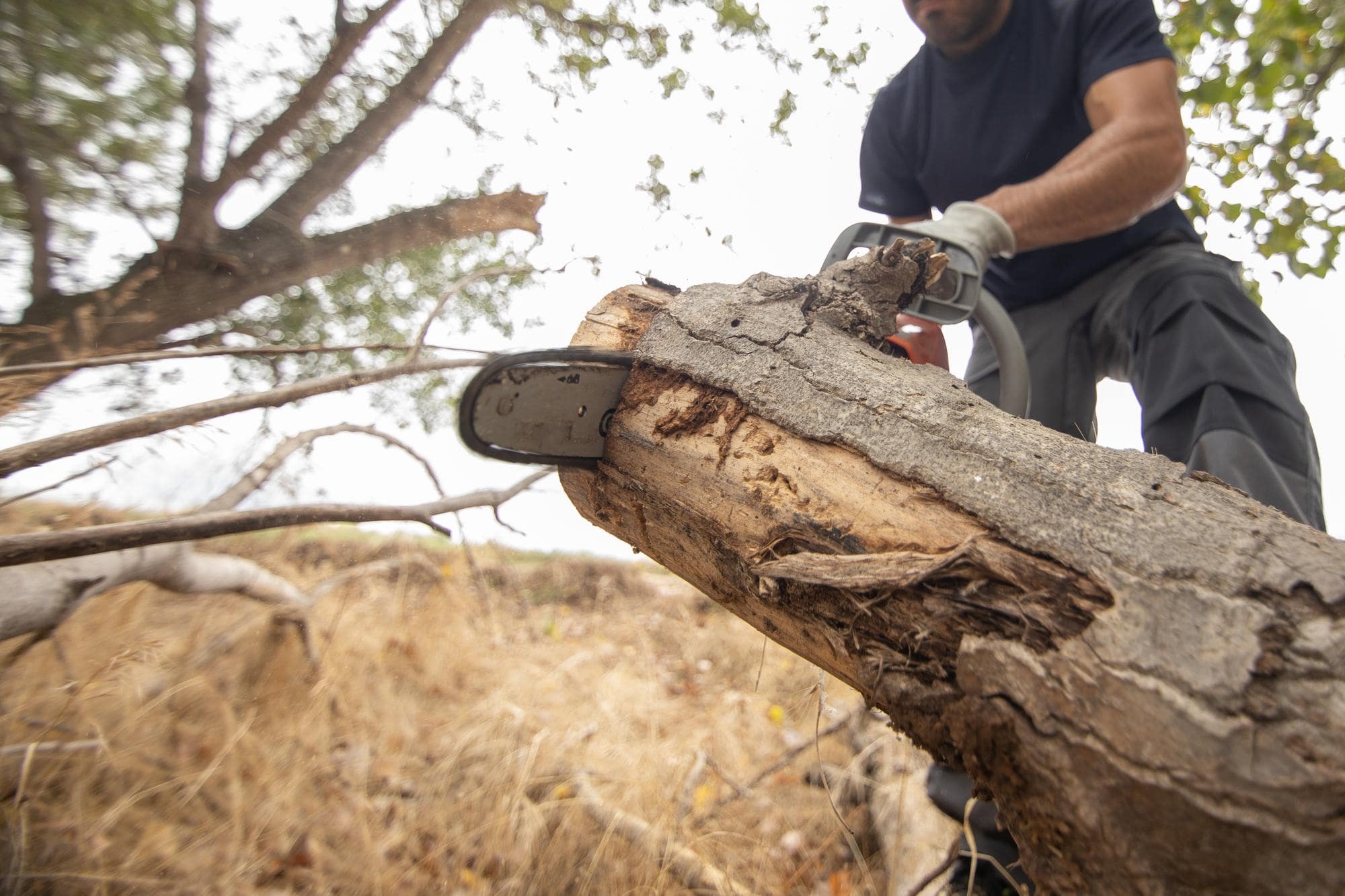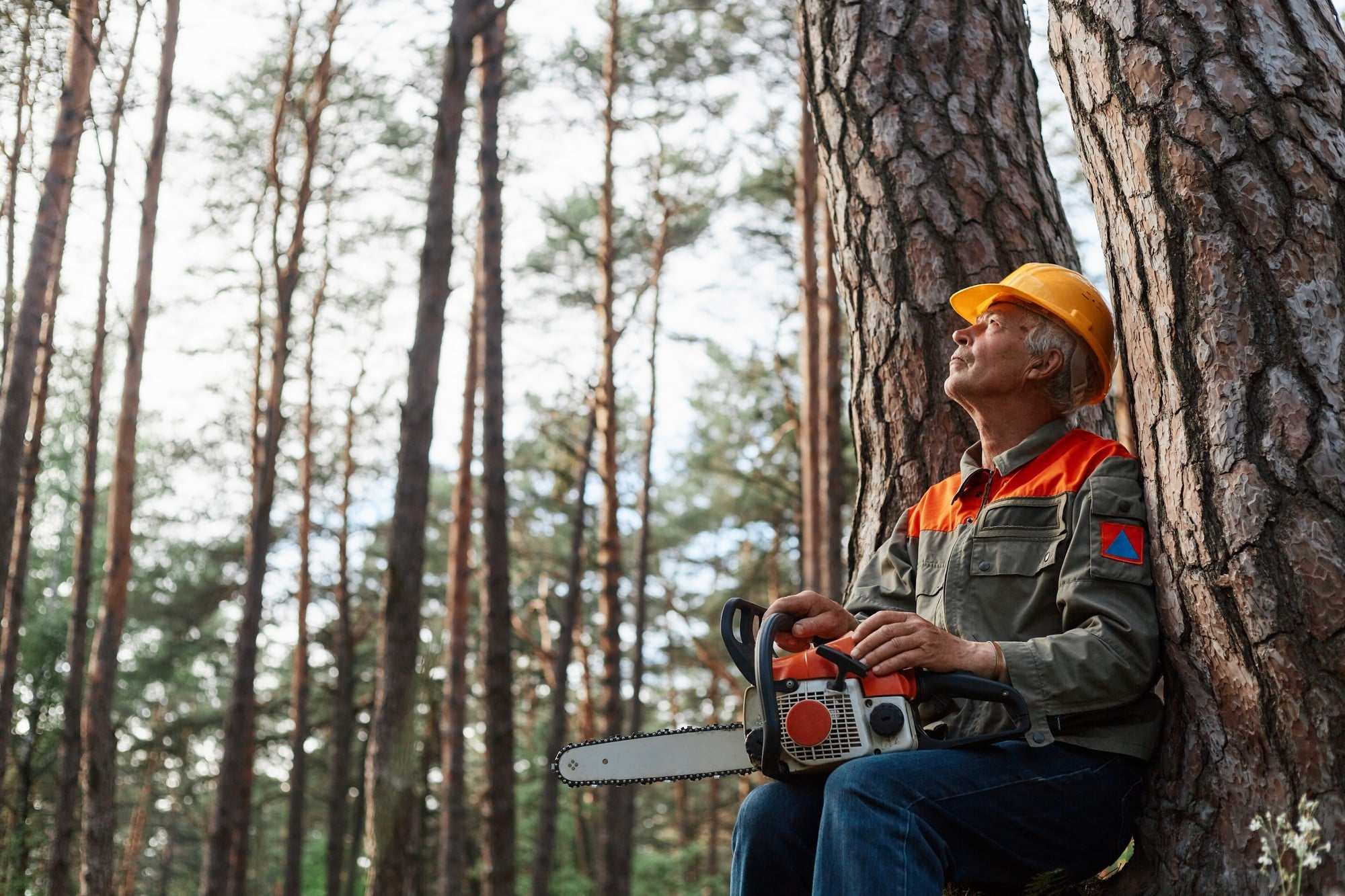Ensuring Safety in Forestry: Chainsaw Training is Essential
Forestry work is undoubtedly a rewarding and fulfilling career, offering the opportunity to work closely with nature while contributing to vital industries such as timber production and environmental conservation. However, it’s crucial to acknowledge that forestry also comes with its own set of risks and hazards. In fact, the forestry industry is consistently ranked as one of the most dangerous professions in the world. Workers are regularly exposed to a range of dangers, including falling trees, heavy machinery, and unpredictable weather conditions.
Among the various tools used in forestry, the chainsaw stands out as one of the most frequently utilized and potentially hazardous. While chainsaws are indispensable for felling trees and cutting branches, they can be dangerous if not handled with care and expertise. This makes chainsaw safety training an absolute necessity for anyone working in the forestry sector.
Here are some essential points to consider when it comes to chainsaw safety training:
- Proper Equipment Maintenance: Before any chainsaw operation, it’s imperative to ensure that the equipment is in good working order. Regular maintenance checks should be conducted to address issues like chain tension, sharpness, and engine performance. A well-maintained chainsaw is less likely to malfunction, reducing the risk of accidents.

Training and Certification: Only trained and certified individuals should be allowed to operate chainsaws. Comprehensive training programs cover everything from proper handling techniques to emergency procedures. Certification ensures that workers have acquired the necessary skills and knowledge to operate chainsaws safely.
Safety Gear: Chainsaw operators must wear appropriate personal protective equipment (PPE), including chainsaw chaps, helmets, gloves, and eye protection. These items serve as a crucial barrier between the operator and potential injuries.
Worksite Assessment: Before commencing any chainsaw-related task, a thorough assessment of the worksite is essential. This evaluation should identify potential hazards, including unstable trees, overhead branches, and uneven terrain. Proper signage and hazard mitigation measures should be put in place accordingly.

Safe Cutting Techniques: Chainsaw operators should be well-versed in safe cutting techniques. This includes assessing the tree’s lean, making precise cuts, and understanding the physics of falling trees to avoid accidents.
Emergency Preparedness: Chainsaw operators should be trained in emergency response procedures. This includes knowledge of first aid, how to stop bleeding in case of an accident, and how to summon help quickly in remote forested areas.
Regular Safety Meetings: Continuous safety discussions and meetings should be held among forestry workers to reinforce best practices and address any concerns or new hazards that may arise.
Environmental Considerations: Chainsaw operators should also be environmentally conscious. This includes minimizing the impact on wildlife habitats and complying with regulations regarding protected species and ecosystems.

Inclement Weather: Working in forestry often means dealing with adverse weather conditions. Workers should be educated on how to safely operate chainsaws in rain, snow, or extreme heat, with the understanding that certain conditions may necessitate suspending operations altogether.
By prioritizing chainsaw safety training and adherence to safety protocols, the forestry industry can significantly reduce the number of accidents and injuries. Ultimately, investing in the safety of workers not only protects individuals but also contributes to a more sustainable and productive forestry sector.
In conclusion, forestry offers a fulfilling and vital career path, but it’s essential to be aware of the inherent risks. Chainsaw safety is a critical component of forestry work, and proper training can help prevent accidents, injuries, and even fatalities. As an employer or worker in the forestry industry, never underestimate the value of investing in safety measures to protect both your team and the natural environment you work in.




